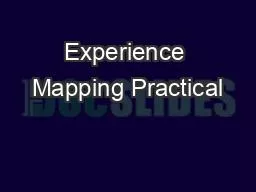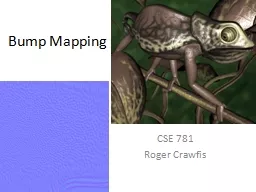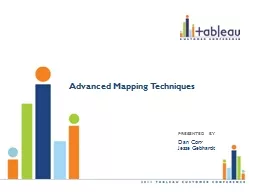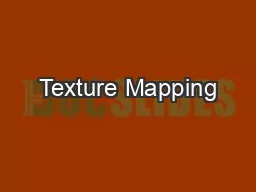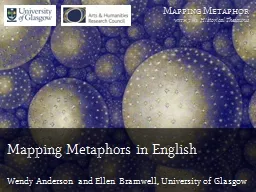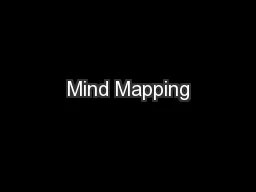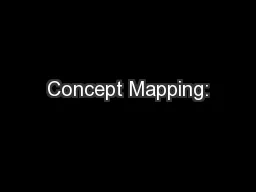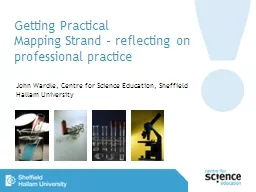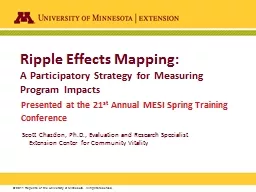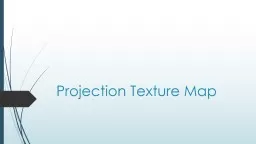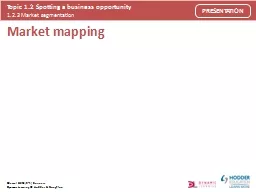PPT-Experience Mapping Practical
Author : articlesnote | Published Date : 2020-08-03
WORKshop by Dominika Potuzakova Todays Agenda What we will do today 730 830 Lecture 830 845 Break 845 915 Sorting out the user findings 915 1015 Creating the
Presentation Embed Code
Download Presentation
Download Presentation The PPT/PDF document "Experience Mapping Practical" is the property of its rightful owner. Permission is granted to download and print the materials on this website for personal, non-commercial use only, and to display it on your personal computer provided you do not modify the materials and that you retain all copyright notices contained in the materials. By downloading content from our website, you accept the terms of this agreement.
Experience Mapping Practical: Transcript
Download Rules Of Document
"Experience Mapping Practical"The content belongs to its owner. You may download and print it for personal use, without modification, and keep all copyright notices. By downloading, you agree to these terms.
Related Documents

